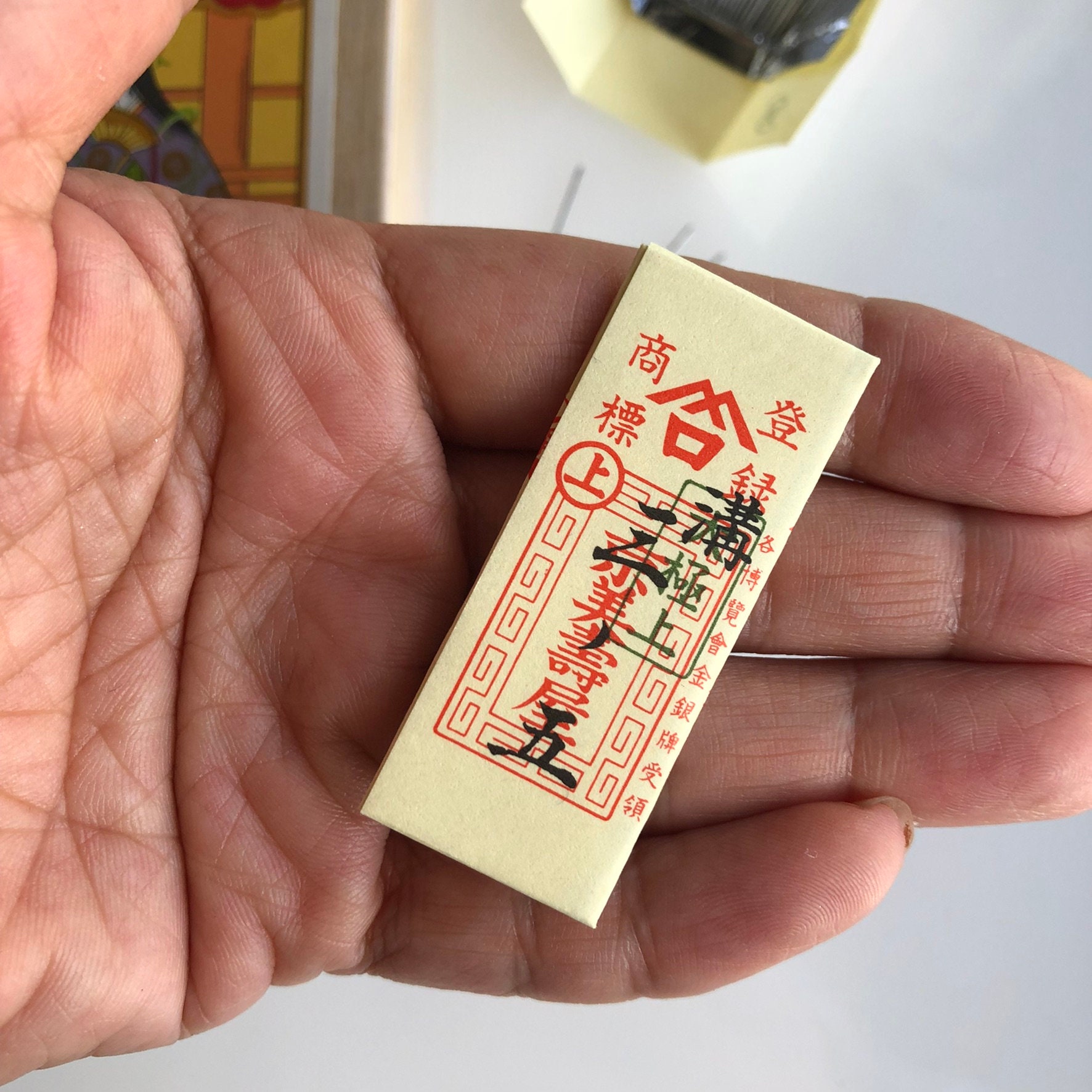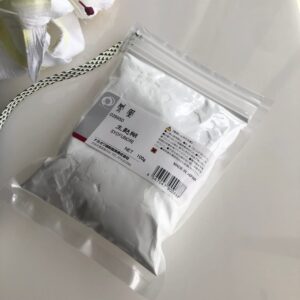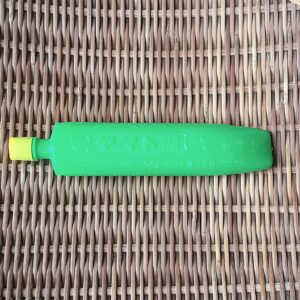The misuya needles had substantial followers in Japan. These sturdy needles are easy to sew with and rarely break or bend. They do not damage the material and bring out the best of the material.
These needles have a long tradition and have been loved for a long time..
Set of 10 different types of needles in a paulownia wood box. (total 100 needles)
1. San-no-ni : sewing needle for cotton and thick fabrics.
2. San-no-go : Hemming needles for cotton and thick fabrics.
3. Momen Erimeshime: The longest needle. It is useful for sewing cotton goods such as quilts, stitches, and collars for quilts and blankets.
4. Cotton tsugi: Needle with a thickness between that of a kinu needle and a cotton needle, and slightly longer. It is suitable for making a patchwork, mending, boro working.
5. Oichabo: The thickest needle. Suitable for botan-attachment and thick fabrics.
6. 4-2: Needles for silk and wool.
7. Kinu: Used for sewing thin silk, split-stitching like coats, and decorating. The short needle is also suitable for making small goods and piecing thin fabrics.
8. Kinukuke: Needle for silk and thin fabrics
9. Tsumugi: Needles for sewing woolen fabrics, thick silk fabrics, and soft cotton fabrics.
10. Tsumugi kuke: needles for sewing woolen and thick silk fabrics. Suitable for attaching a collar to a long lintel.
<Outside dimensions
Approx. 9.2cm x 6.6cm x 2.2cm
Material: steel
Made in Kyoto JAPAN
**What is Misuya Needle?**
Flexible elasticity is required for the needle’s movement when sewing. It must also be supple yet strong at the waist. Of course, if the needle breaks or bends easily, it won’t be easy to sew. Stiffness has the disadvantage of being brittle, and flexibility has the burden of being bendy. It is a big problem to combine opposite properties in a single item.
We found a solution to this problem in the quenching method, which has become a traditional needle that continues to this day. Chubei’s Misuya needles can be said to have firmness, tenacity, and the rich luster of smoked silver.
The needle holes of the Misuya needles are made as close to a regular circle as possible. The needle craftsman’s skill is demonstrated by how large a hole he can make in the thin steel body. The inside of these small needle holes are then polished to a smooth, round form. The larger the needle hole, the easier it is to thread. The round shape also prevents the yarn tips from splitting when threading.
The round needle hole also means that the thread is uniform in thickness, so there is no play of thread and the thread does not kink during needlework. The needle hole and thread are just barely touching, but the inside of the needle hole is polished smooth to prevent thread breakage.
Misuya needles are the one of the top of Japanese craftsmanship.
*International Buyers – Please Note:*
We do not include Import duties, taxes, and charges in the item price or shipping cost. These charges are the buyer’s responsibility.
Please check with your country’s customs office to determine these additional costs before ordering









